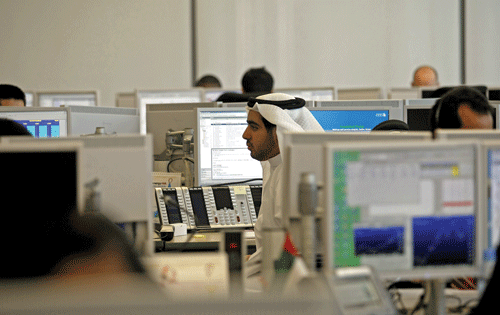In different ways, both the Syrian people who are rising up against the regime of President Bashar al-Assad, as well as the regime itself, are pushing the limits of their own mortality.
Protests that began in March have spread across the country, but still they have not gathered the critical force necessary to topple the regime. The regime’s brutal attempts to suppress the demonstrations have sent the death toll multiplying into the thousands, and the numbers of arrested into the tens of thousands. For every protester martyred, the regime has bullets for 10 more; if this trajectory is maintained, the protest movement will literally die.
On the other hand, the government is watching the economy evaporate. Expenses have soared, with billions of dollars spent on populist subsidy programs, keeping the Syrian pound afloat and funding the massive deployment of army and militiamen, while revenue has precipitously fallen, with multiple billions lost in capital flight, in vanishing trade and taxes, and in tightening sanctions. When the EU embargo against purchasing Syrian oil exports hits next month, it will wipe away at least a quarter more of the government’s remaining revenue. Assad is losing the ability to fund his grip on power; if this trajectory is maintained, his regime will collapse.
As with all pivotal moments in history, it is often the events that were impossible to foretell — the so-called “black swans” — that irretrievably alter the outcome in one direction or the other.
Barring blind luck swooping in for either side, however, this will remain a war of attrition, and the winner will be he who can bleed the most.











